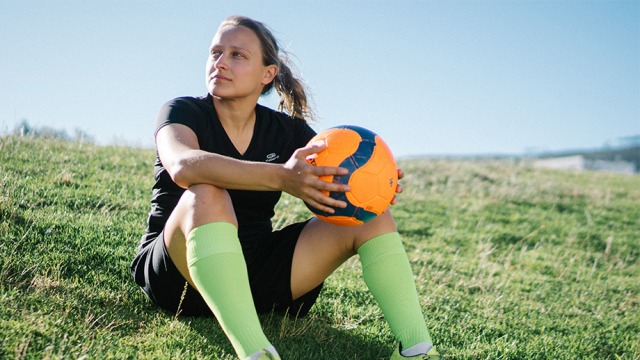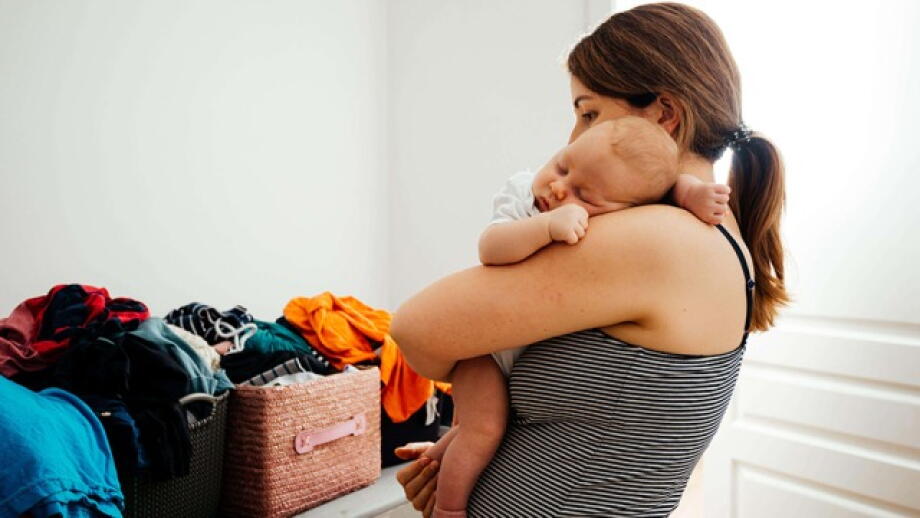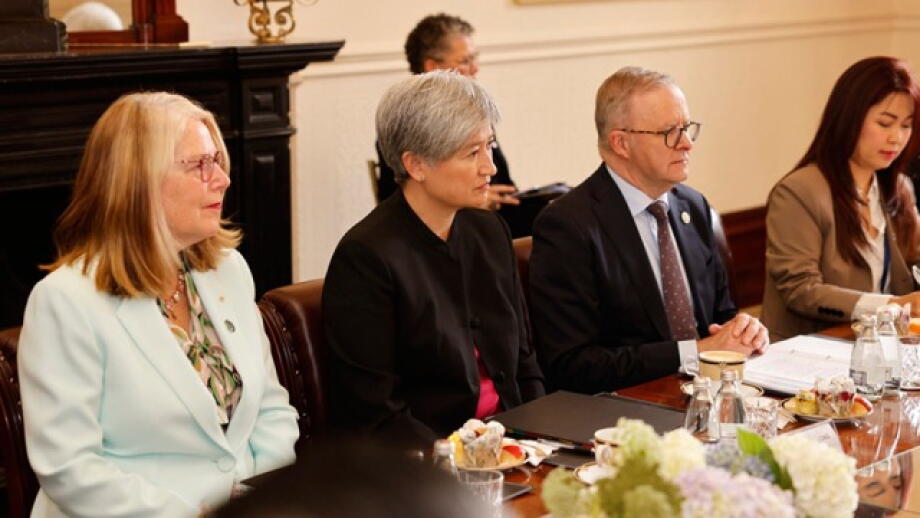It’s time to level the playing field in women’s soccer
Posted on
The 2023 FIFA Women’s cup has captivated the nation, with a record-breaking 1.5 million tickets being sold across Australia and New Zealand and global viewing figures reaching all-time highs. But despite this groundswell of national and international support, women’s soccer remains woefully under-resourced.
The Matildas hit the headlines earlier this month when they called out FIFA for the shocking gender pay gap, which sees women receiving just one quarter of the prize money that was awarded in the 2022 Men’s World Cup in Qatar – $US110 million compared to $US440 million. FIFA have said that they're aiming to equalise World Cup prize money by 2027, but with that leisurely timeline and a very notable lack of a written commitment in place, this “pledge” seems lacklustre at best.
And this disparity is indicative of a much wider problem, whereby female players are systematically unde paid compared to their male counterparts. The highest paid female soccer player in the world, Alex Morgan, earns a salary of $800k a year. This is a not insignificant pay packet until you stack her up against Lionel Messi, the highest earning male player. Messi’s newly signed $150 million contract with Inter Miami sees him taking home a salary of $50-60 million a year and brings his total career earnings up to a staggering estimated $1.6 billion by 2025. Similarly, in the UK, players in the male Super League can expect to take home 100 times the average salary of women’s Super League players.
Not only is this fundamentally unjust, it also has very real consequences for the players involved, with professional women players routinely being forced to take on second, third and even fourth jobs to supplement their income. Indeed, more than two-thirds of players in the A-League Women’s competition – the top tier of professional football in Australia – work second jobs. Far from being revered as pinnacles of athletic excellence, these sporting superstars are being held back from achieving their full potential by exhaustion and burn out, which in turn contributes to them experiencing higher injury rates than male players. When taken with the underfunding of sporting facilities, inadequate nutrition support and insufficient medical care that plagues women’s soccer, it all paints a very concerning picture.
Yet in the face of these barriers, women’s soccer is achieving unprecedented levels of success, with the incredible players of the FIFA cup inspiring women and girls from around the world and a record-breaking estimated 2 billion people tuning to watch. This despite the fact that only a fraction of the games will be available free to view – the majority being infuriatingly locked behind a paywall in yet another galling disparity between the men’s and women’s tournaments. It begs the question that if women’s soccer can thrive under such poor conditions, what could it achieve with the same level of funding, recognition and support as the men’s game?
In celebration of the FIFA Women's World Cup, The Global Institute for Women's Leadership hosted an event in partnership with the Brazilian Embassy to explore the gendered barriers in sport.
The event featured a star-studded expert panel featuring Sue Read, a former Matilda and professional weightlifting champion and founder and director of Life Unlimited Psychology; Sarah West, the Vice President of Football Coaches Australia; Chantel Jones, Young Matildas Goal Keeping Coach and former professional soccer player for Canberra United; and Dr Victor Sojo, Senior Lecturer at University of Melbourne and Visiting Fellow at GIWL ANU whose research focuses on safety and leadership in sports.
They discussed everything from the sports gender pay gap to the underrepresentation of women in every level of sports leadership across administration, management, coaching, officiating and the media, while also celebrating female sporting trailblazers.
You may also like
Calls to address ‘alarming rates’ of gendered violence against Victorian healthcare workers
Our new report finds that gendered violence is widespread in the Australian healthcare system.
The precarity of progress: how traditional gender roles can undermine equality in times of crisis
As the Covid-19 pandemic unfolded, a subtle yet significant shift occurred in homes around the world: the division of household labour became more traditional.
Fixing women or fixing the system?
Australia has made remarkable strides in gender equality in diplomacy, achieving near parity in its Department of Foreign Affairs and Trade.




